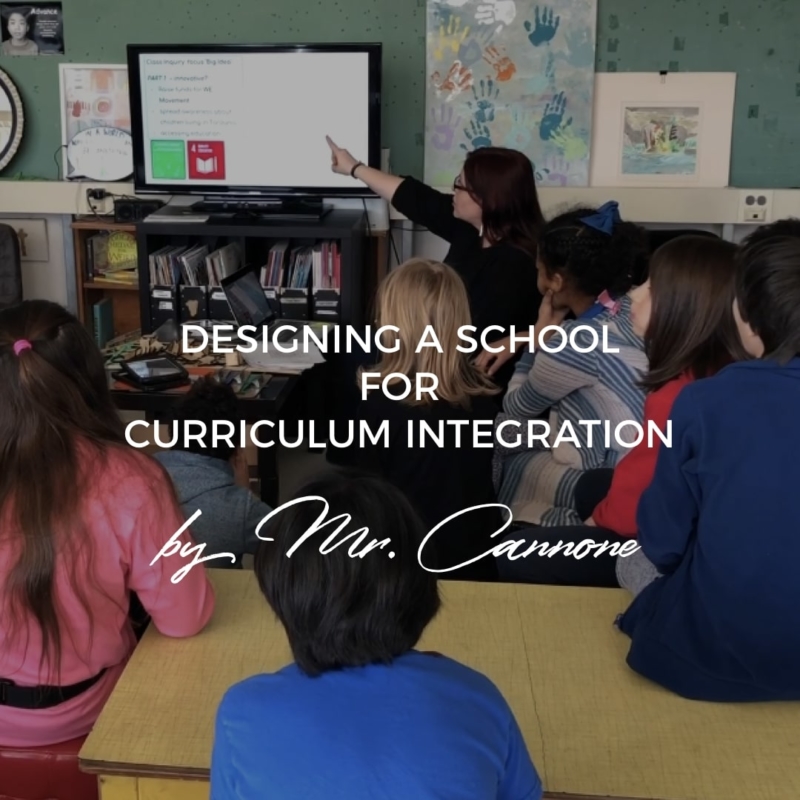“Design is not just what it looks like; Design is how it works.” – Steve Jobs
Meet Zelia Capitao Tavares, an Elementary Teacher currently teaching Grade 4, at McMurrich Junior Public School in Toronto. I chose to visit her classroom to see how her students engage in integrated learning and how it differs from a traditional classroom setting.
Todd R. Kelley and J. Geoff Knowles have devised a conceptual framework for STEM integrated learning, that I envision as an exemplary model for all teachers in an integrated setting. This model sees learning grounded within a situation context, in the same way that Zelia and her students connect their projects to the Design Thinking model. According to Kelley and Knowles, “When learning is grounded within a situated context, learning is authentic and relevant, therefore representative of an experience found in actual STEM practice.” This model mirrors what James Beane has asserted as being an important dimension to curriculum integration – “The curriculum is organized around problems and issues that are of personal and social significance in the real world, usually identified through collaborative planning by teachers and students.” Zelia understands the importance of contextualizing the learning and having students engage in the democratic process of problem solving by using the Design Thinking model. Her students engage in inquiries that are not only relevant, but also impactful for they are rooted in a mutual understanding that the user is the focus of their design.
Zelia and her students co-construct their learning goal, deciding which of the global competencies will be addressed throughout their project and which of the United Nations Sustainable development goals their project relates to. Once this is determined, students investigate further by meeting with community partners to help bring their idea to life. In this classroom, students are active participants in the learning and the teacher, negotiates the curriculum with her students, allowing for greater autonomy and the ability for students to discover for themselves connections amongst various disciplines.
Zelia’s role, as a Hybrid Teacher and Digital Lead Learner with the Toronto District School Board, serves an ideal model for teacher professional development in a school where curriculum integration can flourish. Each day, Zelia welcomes teachers from the TDSB to visit her classroom to observe curriculum integration in action, as part of a project known as, “Exploration Classroom”. Teachers will visit her classroom in the morning to see how her classroom community applies the global competencies and engages in integrated learning through technology. In the afternoon, she works with teachers to reflect on what they observed during their visit and discuss how they plan to move forward with similar practices in their classroom. In 2016, Melanie LaForce et. al, gathered research on intended school models for inclusive STEM high schools. Their findings indicate that “Schools may focus on their presence in the STEM education community and feel that a critical part of their success includes sharing best practices and strategies with other schools.” Zelia’s role as a teacher and mentor exemplifies this element of successful curriculum integration, for teachers are supported through the process of implementing best practices.
A classroom such as Zelia’s, where student voice is honoured and meaningful connections are made, allows for students to see program pathways for themselves. This, in my opinion, is a strong example of a natural, student-centred learning environment where learners are empowered to discover for themselves the possibilities for learning – as it takes place in the classroom, and as it could be imagined for their futures.






